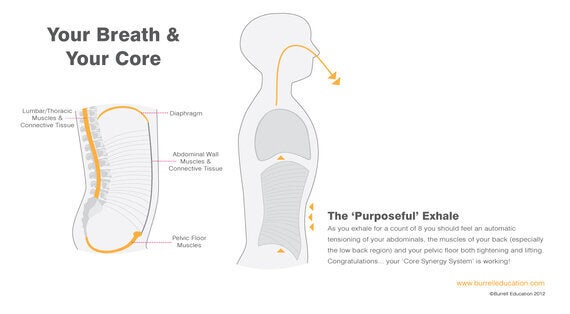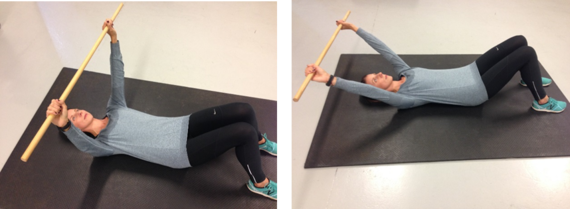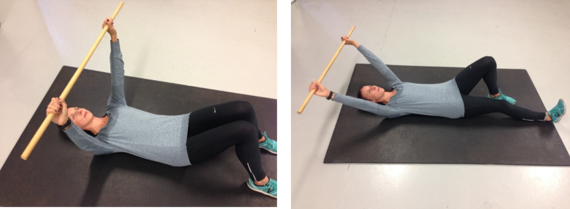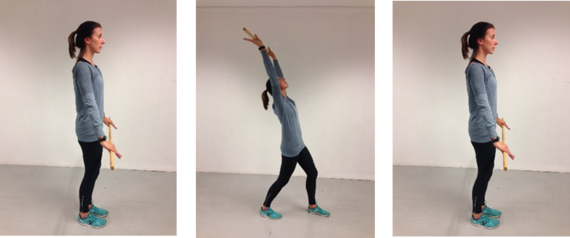4 Reasons Why Your Tummy Looks/Feels Different
1. Your body shape has changed. Your skin, muscles and other connective tissues stretched during your pregnancy and have not yet returned to their previous level of tension. This has probably led to an excess of skin/flesh immediately above or actually hanging over your scar. If it's early days (I'm talking weeks or months) post birth, have faith that Mother Nature is on the case. Dedicating yourself to consuming 'healing nutrition' (see below) is probably the most important thing you can do to nourish your body and boost its ability to repair and rebuild the skin, muscles and connective tissue. One caveat - if you historically have skin that has aged poorly, or you are on older mother (35+), your skin may find it more difficult to recover from pregnancy stretch.
2. Feeling stressed is a significant factor. Your ability to evenly disperse fat will have been impaired by the C-Section cut, so fat above the cut is accentuated, meaning you're carrying a little too much belly fat. Also, if you are like most women on the planet, your cortisol levels are probably elevated and this will lead to storage of fat around your middle. Stress, being time pressured, and poor sleeping habits are most mothers' stock in trade, but if excess belly fat is an issue for you, then making life less stressful needs to become a priority.
3. Your usual exercise routine isn't having an effect. You may feel disconnected and a little numb. You may also have noticed that when you've tried to exercise, it just hasn't felt the same and perhaps you're not sure what you're doing anymore so you've given up a bit.
4. Your posture is poor and/or you sit too long. For most stay-at-home mums, sitting is a luxury item, but for many women who return to work, there is a speedy return to a sedentary job. Just think for a moment about where the fold is as you sit. If you are trying to improve the blood flow to this area and encourage tissues to return to a normal length, sitting for hours on end isn't going to help - you need to increase your active time. Also maintaining your 'pregnancy' posture (walking around with a big curve in your low back and your bum and belly sticking out) when you aren't pregnant anymore will also be putting a lot of pressure on the scar and your weak tummy and won't encourage healing.
4 Things That Will Help
1. Purposeful breathing. Check your breathing. This is what should happen when you breathe out: Your diaphragm (muscle above your ribs) should rise, your tummy muscles should tense and draw inwards, your pelvic floor should tense and lift, and the muscles and tissue around your low back should tense. Conversely, when you inhale, you should feel your ribs (side and back) expand and your tummy move gently towards your waist band. An important point - you should never feel a pressing or forcing down onto your pelvic floor when you exhale, and your belly shouldn't be ballooning. If they do, follow the above directions to rectify this. This consistent pressure onto your pelvic floor and your weakened tummy is taking you away from strength and healing.

2. Massage. When your scar has totally healed, begin regularly massaging your tummy, your pubic mound right up to the top of your ribs, the sides of your hips and the sides of your bum, the front of your thigh and ultimately your actual scar. Be instinctive (as you're a mum) - imagine you are caring for the baby and work with that level of gentleness. Consistency is more important than depth or speed. Scar tissue and adhesions (muscle fibres sticking together) can ultimately create a trapped sensation around the scar which for some can become quite painful.
3. Nutrition. Meat and other protein sources contain amino acids, which are the building blocks for tissue growth and repair. Meat is also a source of L-Glutamine, another essential component of tissue repair, which can also be taken in supplement form if non-breastfeeding. If you just make one change, try a high protein breakfast to get your day off to the best start.
4. Specialist exercise. Ditch your old exercise routine. There are exercise specialists across the UK who can help you create a routine tailored to your individual experience and needs. Crunches and v-sits etc., are totally inappropriate for this phase in your healing and will do more harm than good. Try these three 'early days' exercises when your scar is totally healed and you have been cleared to exercise by your Health Care Provider:
Supine Bent Knee Pole Extensions

Instructions:
a) Lie as shown with a neutral spine with the pole directly above your shoulders (you should be able to balance a ruler across the two bones at the front of your hips).
b) Say the word 'SET' quite strongly and feel what happens to your core. There should be an increase in tension. Keep this tension but continue to breathe normally.
c) Take the pole back as shown in the second photo until you can feel your abdominals and pelvic floor activating. Stop if you feel you are coming out of neutral pelvis - remember keep the tension caused by saying the word 'SET'.
d) EXHALE strongly to return the pole to the start position. Aim for 3 sets of 8 reps.
Heel Slides with Pole Extensions

a) Lie as shown with a neutral spine with the pole directly above your shoulders (you should be able to balance a ruler across the two bones at the front of your hips).
b) Say the word 'SET' quite strongly and feel what happens to your core. There should be an increase in tension. Keep this tension but continue to breathe normally.
c) Take the pole back as shown in the second photo and lengthen your leg (sliding your heel along the floor) until you can feel your abdominals and pelvic floor activating. Stop if you feel you are coming out of neutral pelvis - remember keep the tension caused by saying the word 'SET'.
d) EXHALE strongly to return the pole to the start position and return your leg to the start position still sliding along the ground. Aim for 2 sets of 8 reps for each leg.
Standing Pole Extensions

As you get stronger, you need to strengthen your core in the standing position or you won't be properly prepared for 'life'. This exercise is a good place to start.
a) Stand as shown in the first picture and say the word 'SET' to create a tension in your core.
b) Move into the second position in one smooth movement.
c) As you return back to the start position, EXHALE strongly and feel the tension increase in your whole core (tummy and pelvic floor). Perform 10 reps for each leg.
Fitness expert and pelvic health pioneer Jenny Burrell, runs FooFooFunClub - a unique package of pelvic floor / core strength classes and take-home kit, to appeal to women in any stage of life - from pre and post natal, through to menopausal. To find your nearest FooFooFunClub class and contact your ambassador, visit the website.